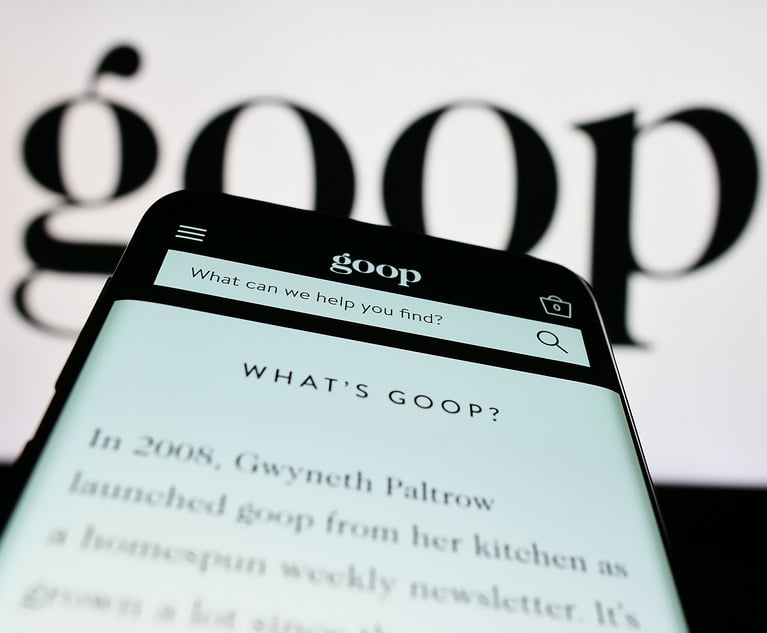This article appeared in The Intellectual Property Strategist, an ALM/Law Journal Newsletters publication that provides a practical source of both business and litigation tactics in the fast-changing area of intellectual property law, including litigating IP rights, patent damages, venue and infringement issues, inter partes review, trademarks on social media – and more.
Courts have said time and again that the fair use doctrine may be “‘the most troublesome in the whole law of copyright.’” See, e.g., Oracle Am., Inc. v. Google Inc., 886 F.3d 1179, 1191 (Fed. Cir. 2018) [internal citations omitted], rev’d on other grounds, 141 S. Ct. 1183 (2021). The Supreme Court’s May 18, 2023 decision, which seeks to clarify what is or is not “transformative use” under the law, affirmed The Andy Warhol Found. for the Visual Arts, Inc. v. Goldsmith, 11 F.4th 26 (2d Cir. 2021), finding no fair use. In the process, the Supreme Court adds a new layer of analysis in deciding what is or is not fair. The decision has also generated considerable controversy between Justice Sotomayor, who wrote for the majority, and Justice Kagan, who wrote a stinging dissent. What is clear is that the label “transformative” is no longer a get-out-of-jail-free card; instead, a new balance must be struck between the new use and the exclusive right of authors to make derivative works, and part of that balance includes a clearer focus on the statutory fair use factors (education, comment and criticism) as well as the commercial nature or not of the new work. As a practical matter, how much the decision changes in this “troublesome” area remains to be seen.









